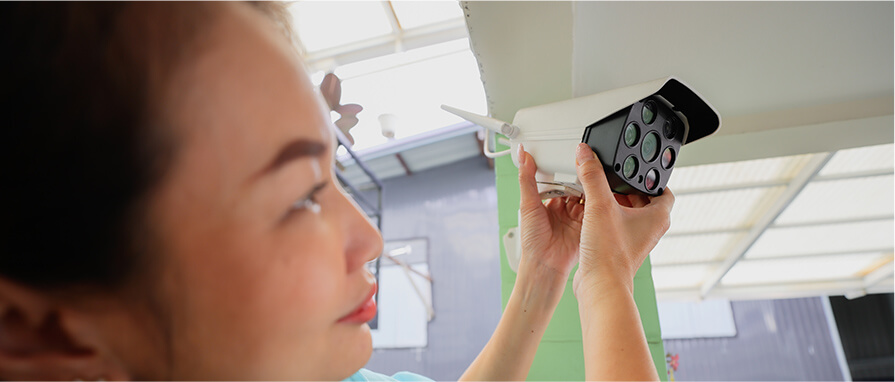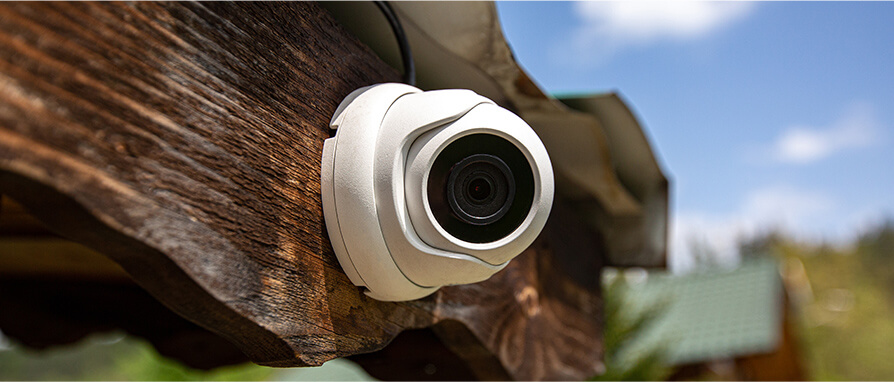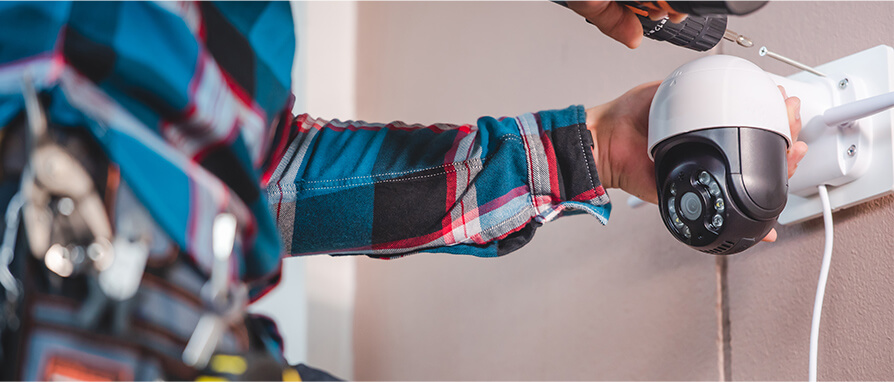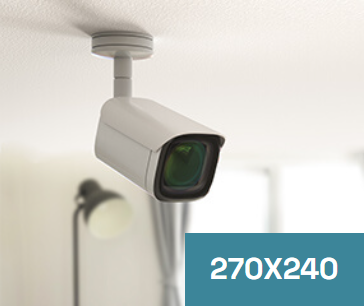The Evolution of Video Surveillance: From Analog to IP Cameras
Video surveillance technology has undergone significant advancements in recent years, transforming the way we monitor and protect our properties. One of the most notable developments in this field is the transition from traditional analog cameras to modern IP cameras. Let’s explore the evolution of video surveillance and the benefits of embracing IP camera technology.
The Rise of Analog Cameras:
Analog cameras have long been the standard choice for video surveillance systems. These cameras capture footage in analog format and transmit it via coaxial cables to recording devices such as DVRs (Digital Video Recorders). While analog cameras served their purpose adequately for many years, they come with limitations in terms of image quality, flexibility, and remote accessibility.

The Advent of IP Cameras:
In recent years, IP (Internet Protocol) cameras have emerged as the new standard in video surveillance technology. Unlike analog cameras, IP cameras capture footage in digital format and transmit it over an IP network, such as the internet or a local network. This digital transmission allows for higher resolution, clearer images, and more advanced features compared to analog cameras.
Key Advantages of IP Cameras:
- High Definition Imaging: IP cameras offer higher resolution and superior image quality compared to analog cameras, allowing for clearer and more detailed footage.
- Flexibility and Scalability: IP cameras are highly flexible and scalable, making them suitable for a wide range of applications and environments. They can be easily added or relocated as needed without the need for additional cabling.
- Remote Accessibility: IP cameras can be accessed and controlled remotely via computer, smartphone, or tablet, providing users with real-time monitoring and playback capabilities from anywhere with an internet connection.
- Advanced Features: IP cameras come equipped with a range of advanced features, including motion detection, tamper detection, facial recognition, and night vision, enhancing security and surveillance capabilities.
Making the Switch to IP Cameras:
While the transition from analog to IP cameras may seem daunting, the benefits far outweigh any initial challenges. By upgrading to IP camera technology, businesses and homeowners can enjoy enhanced security, improved image quality, and greater flexibility in their surveillance systems.
Conclusion:
As technology continues to evolve, so too does the field of video surveillance. The shift from analog to IP cameras represents a significant leap forward in terms of image quality, flexibility, and functionality. By embracing IP camera technology, businesses and homeowners can stay ahead of the curve and ensure the safety and security of their properties for years to come.








